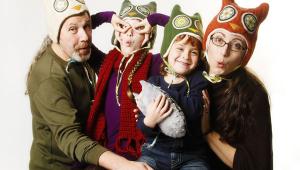Business Trends
What Clients Want What Clients Need
| Most photographers think
that selling their work is all about images--but that is not the
case, especially in today's commercial photography marketplace.
But if you are not selling images, what is the client buying? We asked
a handful of commercial photography clients two tough questions to find
out what clients want and what |
















































